Nasa’s Kepler space telescope nearing end as fuel runs low
Engineers say ‘warning signs’ indicate craft has only a few months left

Nasa has announced that its Kepler space telescope only has a few months left until it “dies”, after nine years in space during which it has identified 2,245 exoplanets.
The telescope’s chief engineer, Charlie Sobeck, said in a blog post that the probe is running out of fuel, prompting the US space agency to “collect as much science data as possible” before the craft’s expected shutdown “within several months”.
The spacecraft isn’t equipped with a fuel gauge but has exhibited a number of “warning signs”, such as a drop in thruster performance and fuel pressure, that suggest it’s nearing the end of its power supply, Sobeck explained.
The Week
Escape your echo chamber. Get the facts behind the news, plus analysis from multiple perspectives.

Sign up for The Week's Free Newsletters
From our morning news briefing to a weekly Good News Newsletter, get the best of The Week delivered directly to your inbox.
From our morning news briefing to a weekly Good News Newsletter, get the best of The Week delivered directly to your inbox.
Since launching in 2009, the Kepler mission has been a resounding success for Nasa, says Alphr.
As well as thousands of confirmed exoplanets, the spacecraft has discovered a further 2,345 unconfirmed worlds. At least 30 of the exoplanets are “less than twice the size of Earth”, adds Alphr, and are found in “habitable zones of their stars” - meaning they could be home to extraterrestrial life.
It hasn’t all been smooth sailing, however.
In 2013, the telescope suffered a mechanical failure that prevented it from focusing on star systems, Gizmodo reports.
A free daily email with the biggest news stories of the day – and the best features from TheWeek.com
Nasa was able to recommission the Kepler probe by using pressure from the Sun’s rays to “maintain its gaze”, the website says.
Unlike standard satellites, the dying telescope will not fall back into the Earth’s atmosphere and burn up, as it is currently 94 million miles away from our planet, says The Register. Instead, it is expected to pass above and past Earth in around 40 years’ time.
-
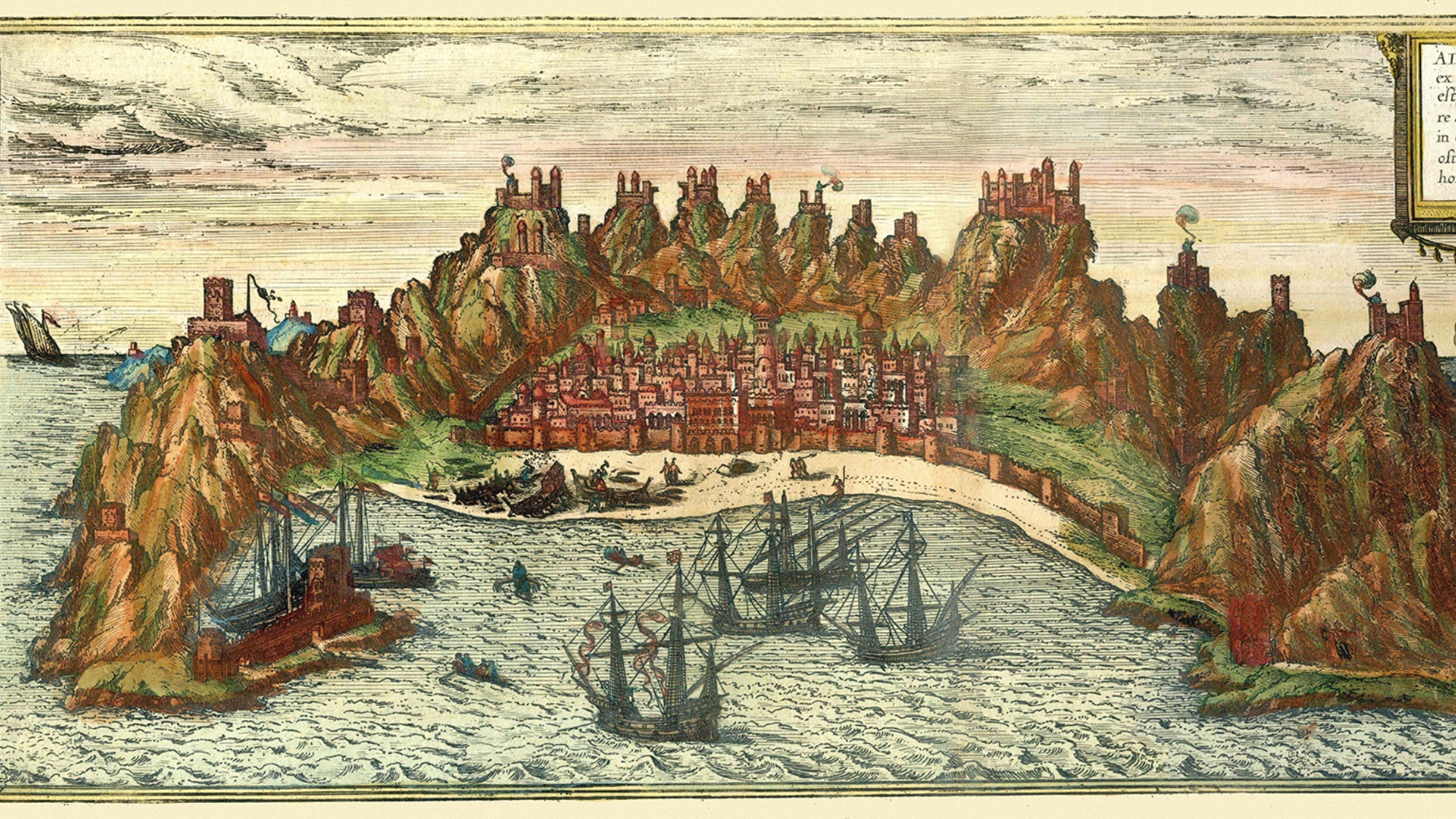 ‘Capitalism: A Global History’ by Sven Beckert and ‘American Canto’ by Olivia Nuzzi
‘Capitalism: A Global History’ by Sven Beckert and ‘American Canto’ by Olivia NuzziFeature A consummate history of capitalism and a memoir from the journalist who fell in love with RFK Jr.
-
 Who will the new limits on student loans affect?
Who will the new limits on student loans affect?The Explainer The Trump administration is imposing new limits for federal student loans starting on July 1, 2026
-
 Why does Susie Wiles have MAGA-land in a panic?
Why does Susie Wiles have MAGA-land in a panic?TODAY’S BIG QUESTION Trump’s all-powerful gatekeeper is at the center of a MAGA firestorm that could shift the trajectory of the administration
-
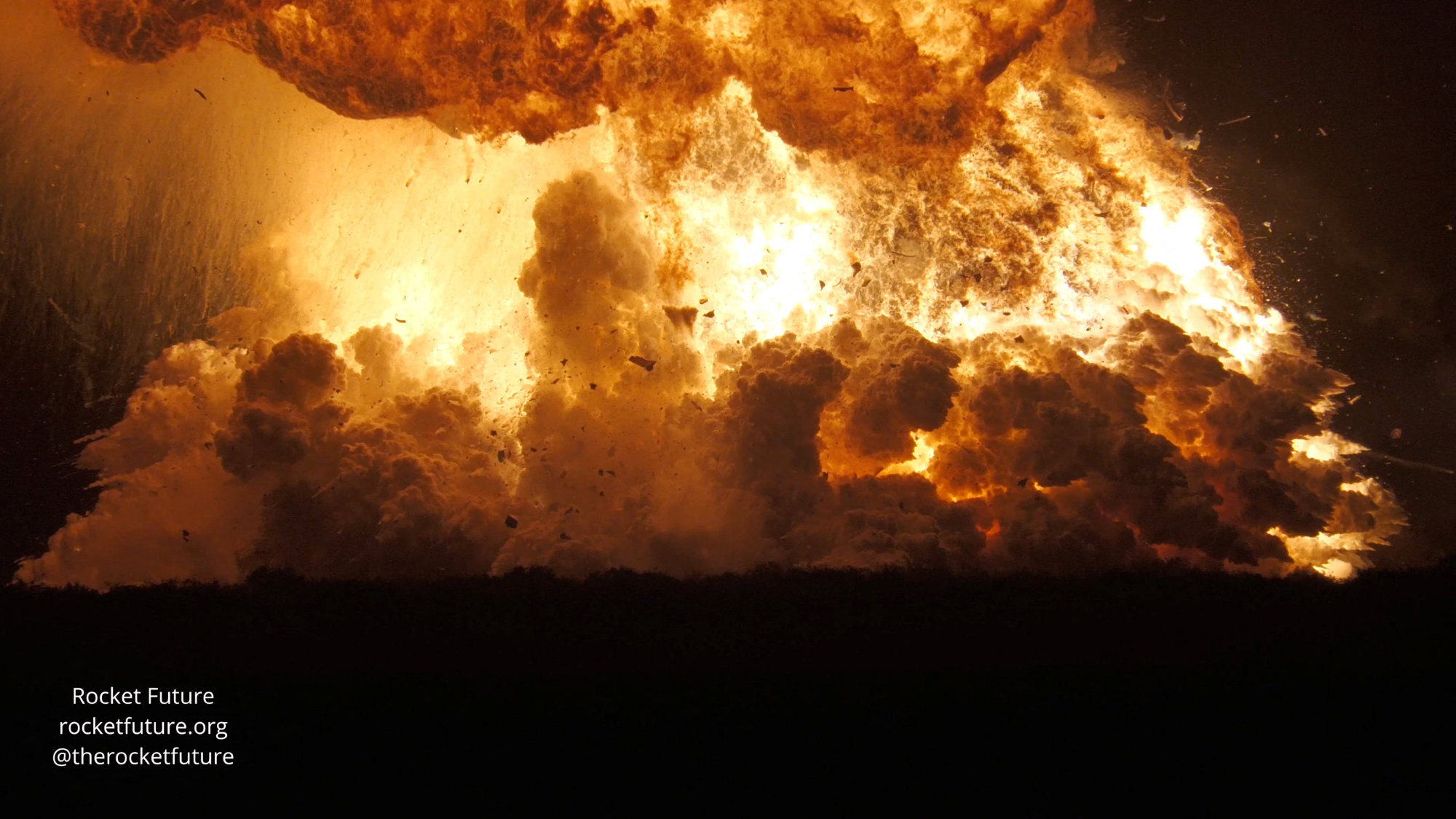 Another Starship blast sets back Musk's Mars hopes
Another Starship blast sets back Musk's Mars hopesSpeed Read Nobody was killed in the explosion, which occurred in south Texas
-
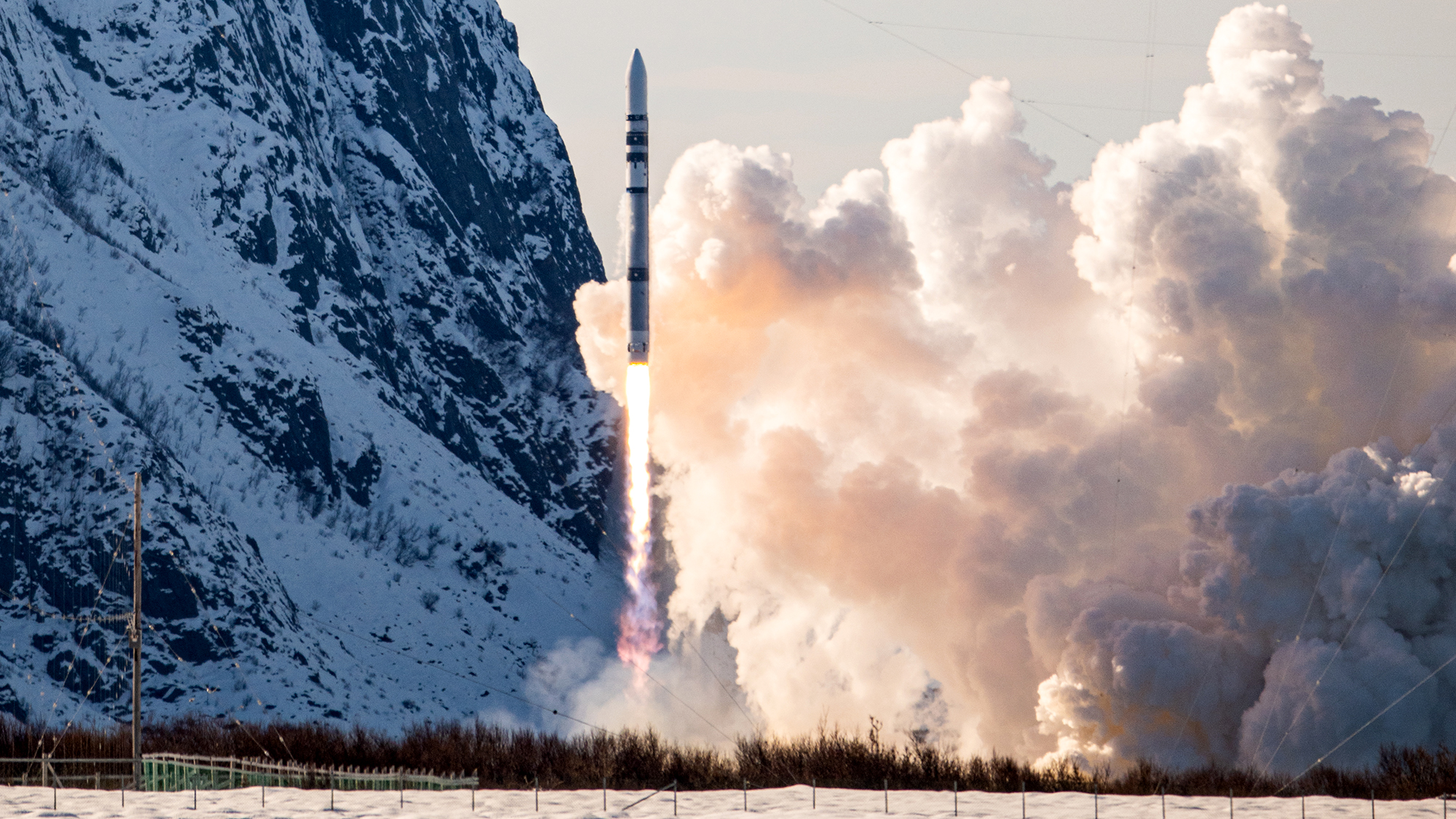 Test flight of orbital rocket from Europe explodes
Test flight of orbital rocket from Europe explodesSpeed Read Isar Aerospace conducted the first test flight of the Spectrum orbital rocket, which crashed after takeoff
-
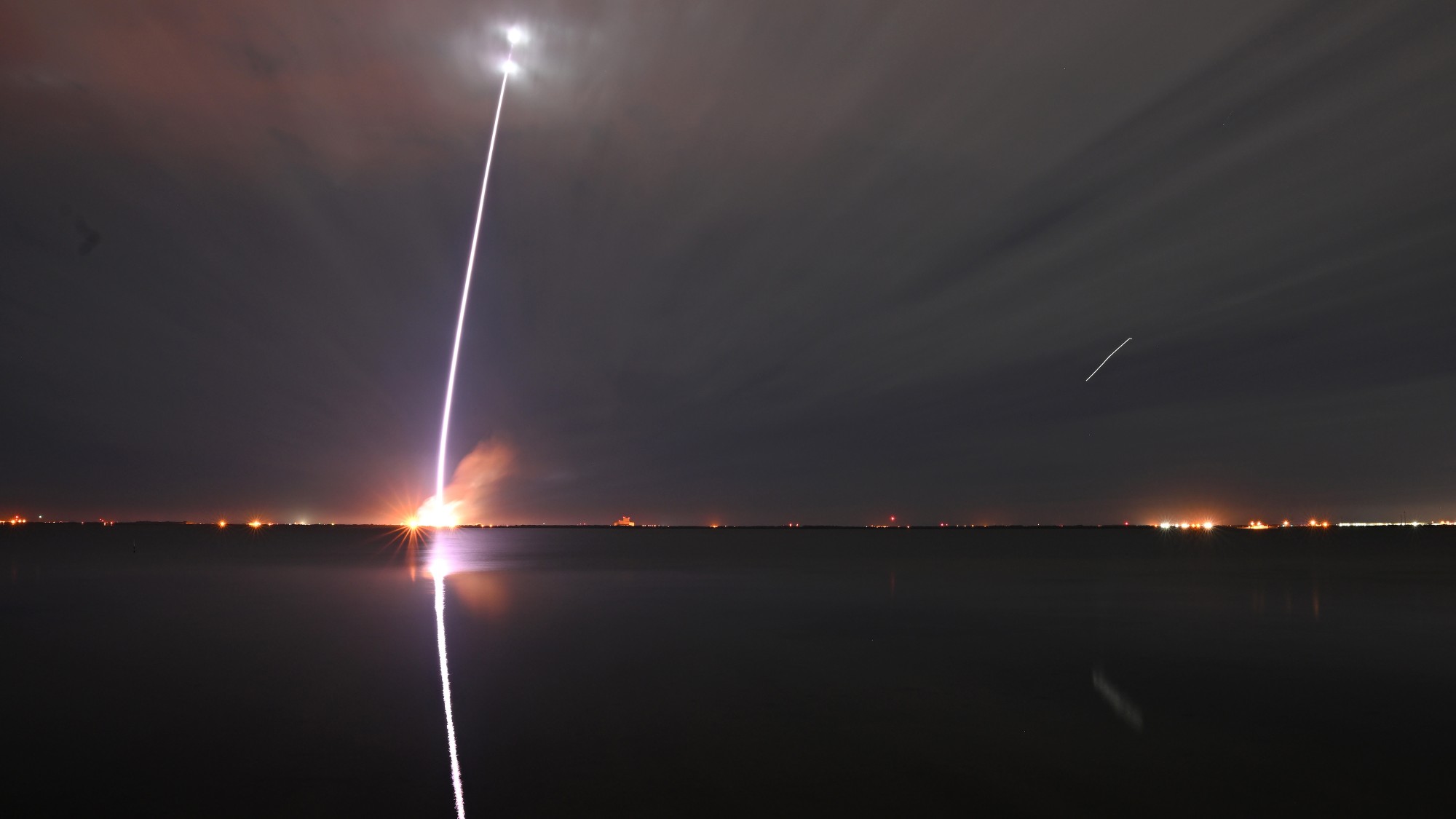 Jeff Bezos, Elon Musk and the billionaire space race
Jeff Bezos, Elon Musk and the billionaire space raceThe Explainer Tesla CEO and Amazon founder vie for dominance of satellite launch market and could influence Nasa plans to return to Moon
-
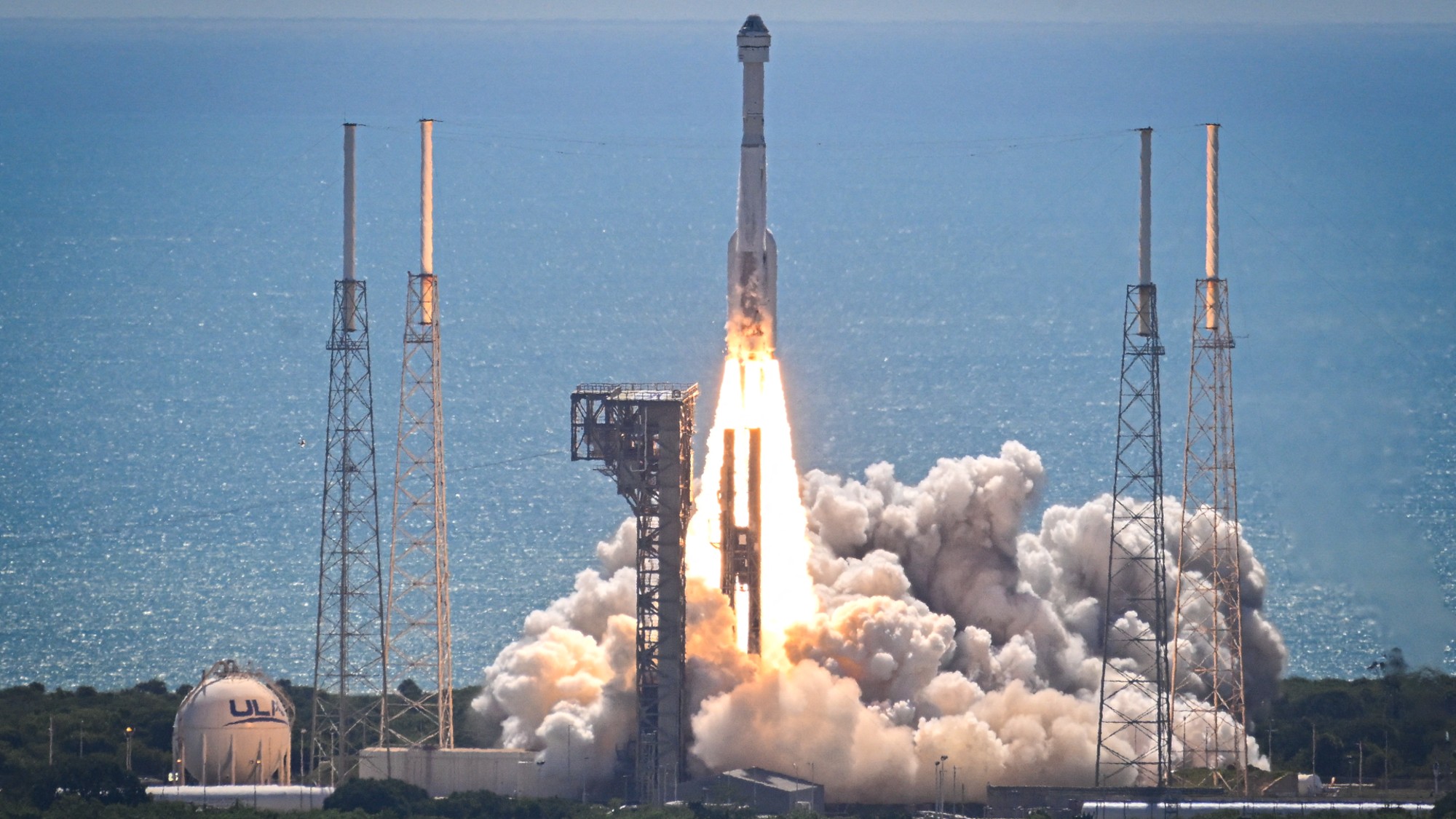 Starliner: What went wrong?
Starliner: What went wrong?Today's Big Question Boeing spacecraft has had a 'long, difficult road'
-
 Boeing, SpaceX successfully test key rockets
Boeing, SpaceX successfully test key rocketsSpeed Read Boeing’s Starliner docked at the ISS and SpaceX completed its fourth test launch of its Starship spacecraft
-
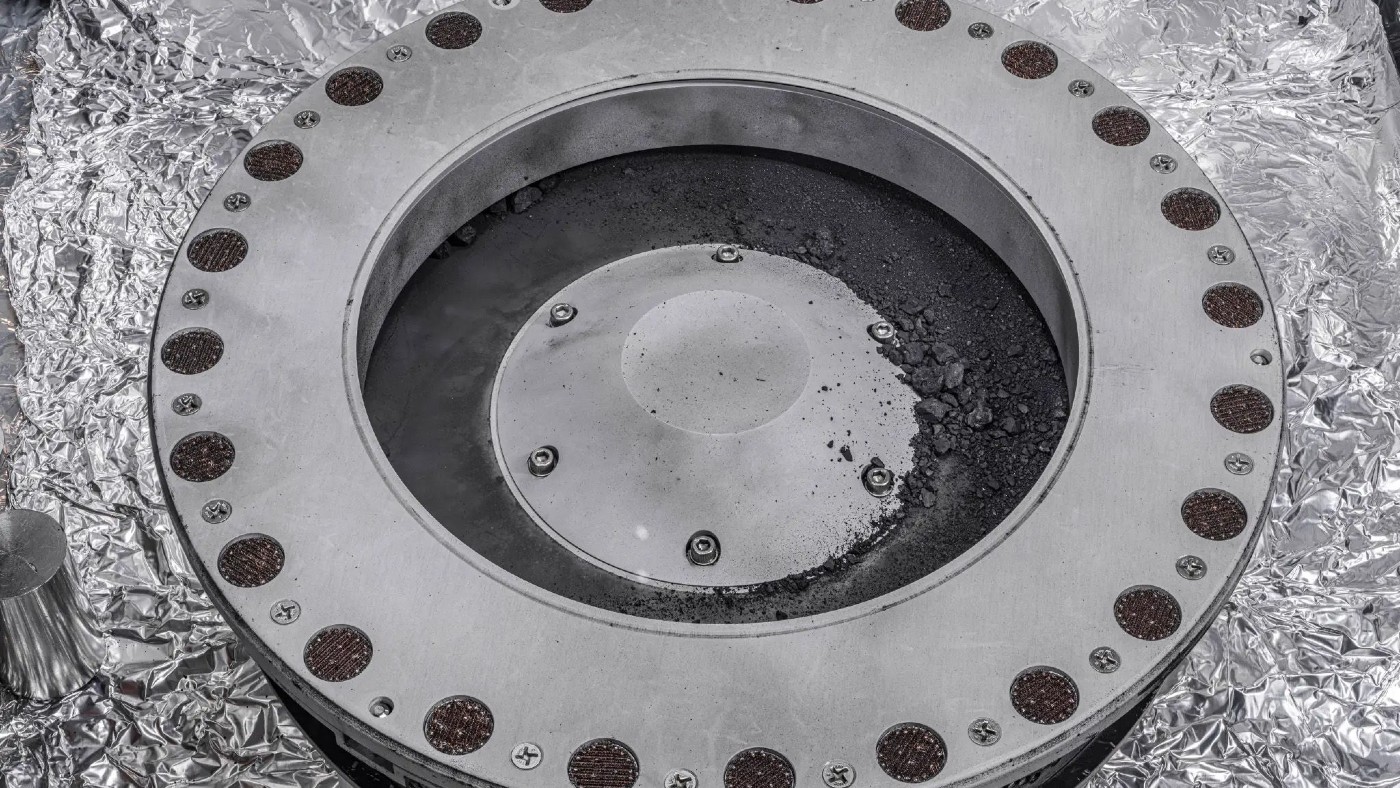 Nasa reveals first findings from asteroid that could explain origins of life
Nasa reveals first findings from asteroid that could explain origins of lifeSpeed Read Sample from Bennu has been found to contain an abundance of water and carbon
-
 Dark side of the Moon: will the race to lunar South Pole spark conflict?
Dark side of the Moon: will the race to lunar South Pole spark conflict?Today's Big Question Russia and India are competing for the ‘new lunar gold’ – but real contest will be between the US and China
-
 How worried we should be about space debris
How worried we should be about space debrisfeature As part of a rocket washes up in Australia scientists warn ‘critical mass’ of orbital junk could only be decades away